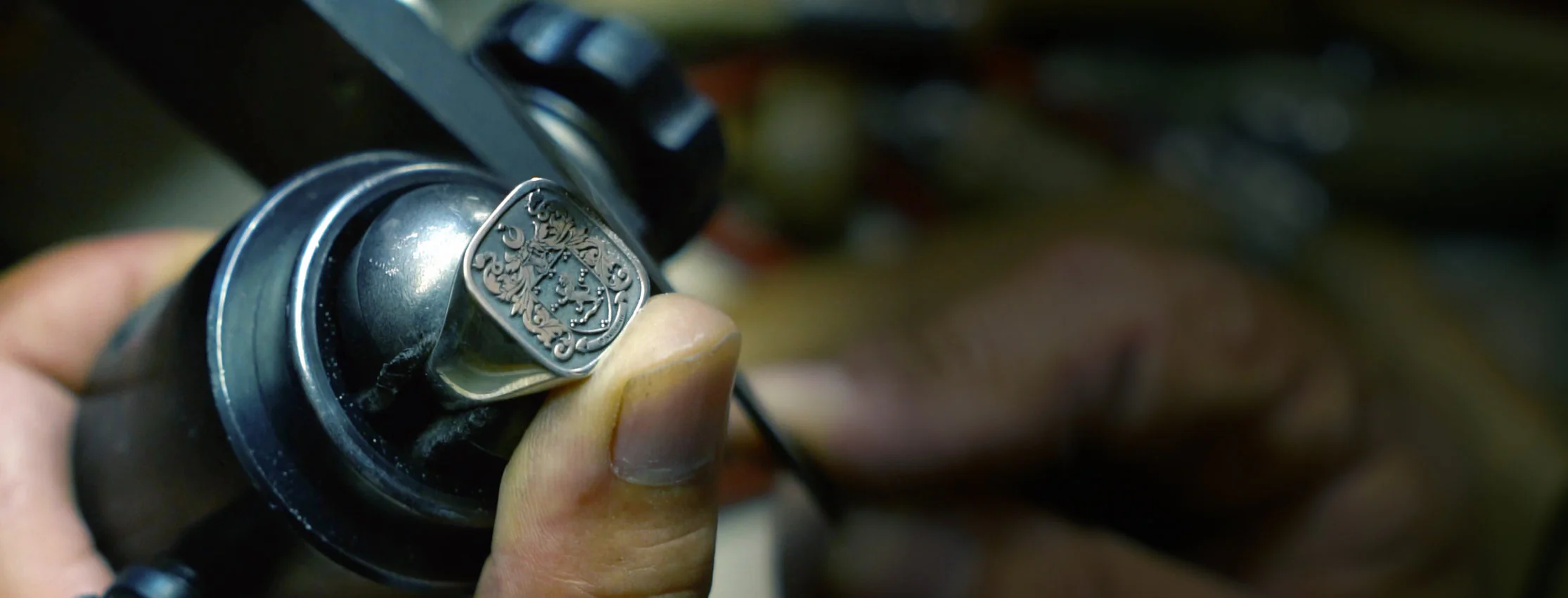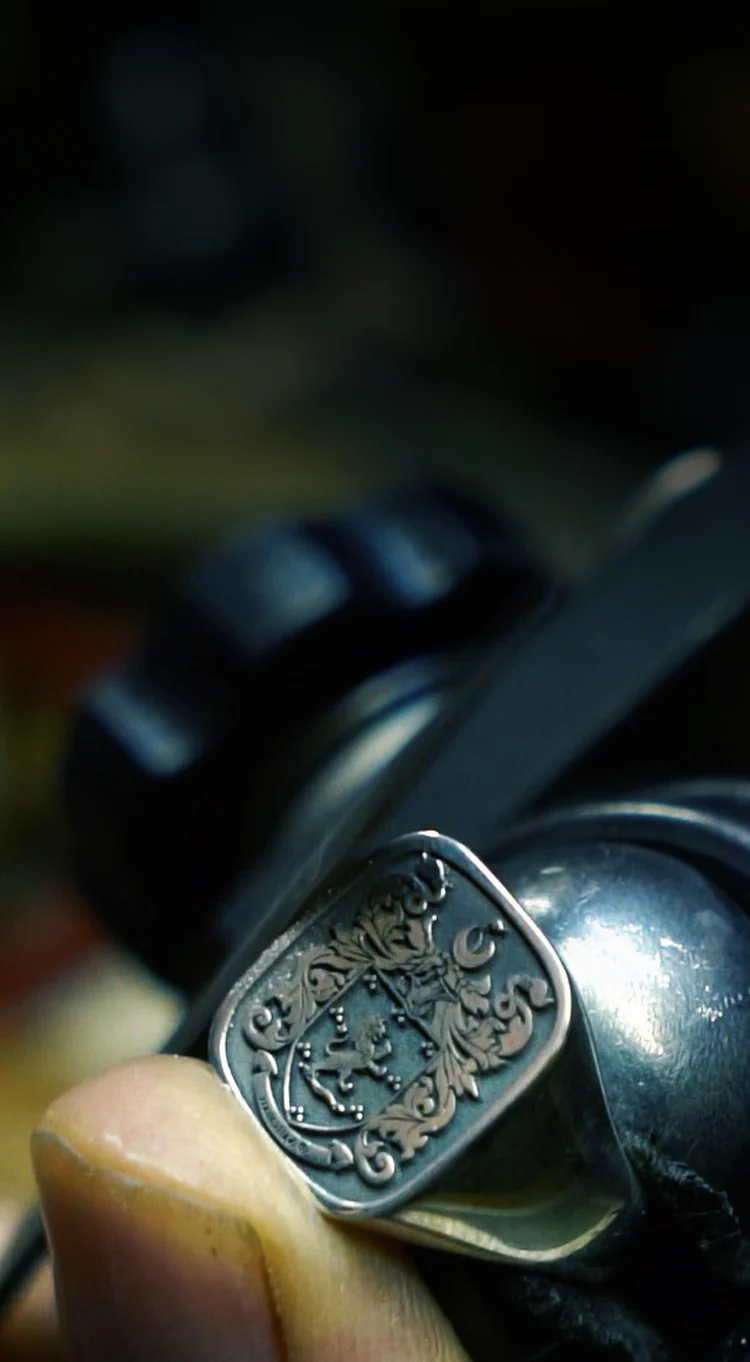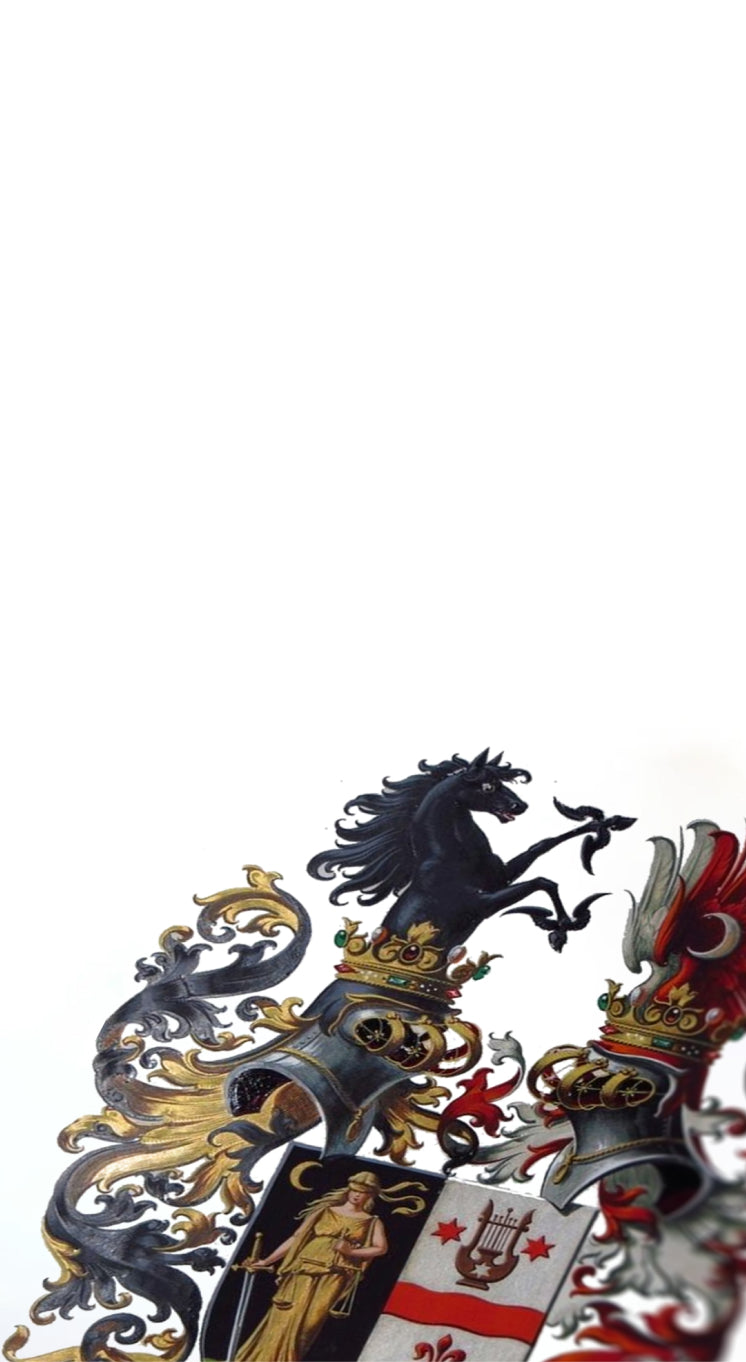The Medieval Church part 2
While bishops and priests worked among the people, guiding them toward God, another group chose a more secluded path. These men built monasteries, dedicating their lives to prayer, work, and worship.


While bishops and priests worked among the people, guiding them toward God, another group chose a more secluded path. These men built monasteries, dedicating their lives to prayer, work, and worship.

ENAMEL OF GEOFFREY PLANTAGENET When dealing with National Arms and the countries that use them it is best to begin with the older European monarchies, since this is where the practice originated. Two in particular, The United Kingdom and Sweden merit special attention because when their historical development is examined...
ENAMEL OF GEOFFREY PLANTAGENET When dealing with National Arms and the countries that use them it is best to begin with the older European monarchies, since this is where the practice originated. Two in particular, The United Kingdom and Sweden merit special attention because when their historical development is examined...

A Pursuivant, or more correctly a pursuivant of arms, is a junior officer of arms. Most pursuivants are a attached to the official heraldic authorities.There are four Pursuivants; Rouge Croix, Blue Mantle, Rouge Dragon and Portcullis. Of the four Pursuivants, Rouge Croix probably derives his title from the red cross...
A Pursuivant, or more correctly a pursuivant of arms, is a junior officer of arms. Most pursuivants are a attached to the official heraldic authorities.There are four Pursuivants; Rouge Croix, Blue Mantle, Rouge Dragon and Portcullis. Of the four Pursuivants, Rouge Croix probably derives his title from the red cross...

We have only to compare the designs in the Bayeux Tapestry with those seen in the Luttrell Psalter to see how much over the course of 300 years the quality of the artwork progressed from the crude Norman and Saxon drawings. Fortunately we are able to bridge the gap with...
We have only to compare the designs in the Bayeux Tapestry with those seen in the Luttrell Psalter to see how much over the course of 300 years the quality of the artwork progressed from the crude Norman and Saxon drawings. Fortunately we are able to bridge the gap with...



